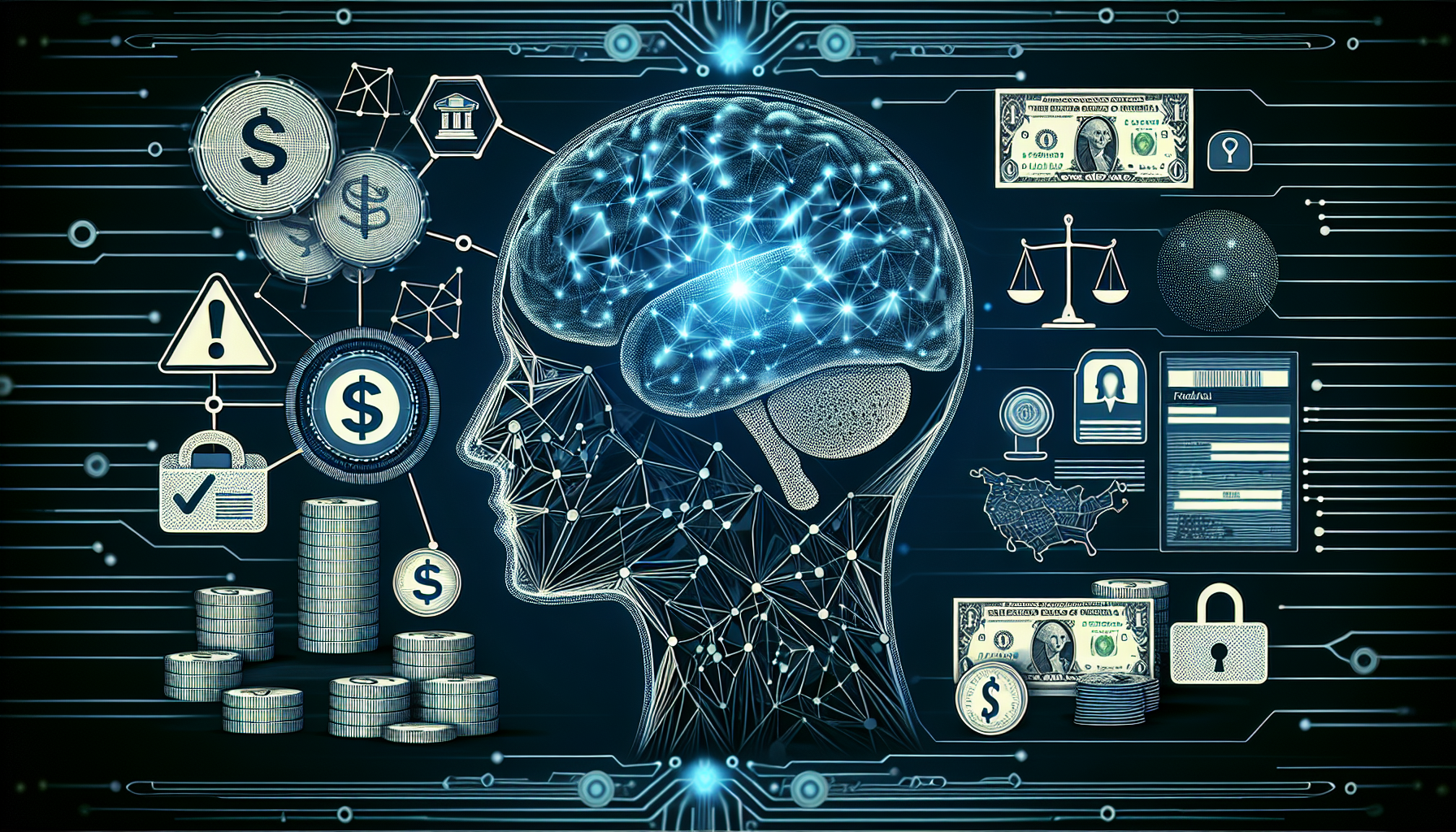Revolutionizing Finance: The Role of AI in Risk Assessment and Fraud Detection
Understanding AI in Finance
Artificial Intelligence (AI) has penetrated various sectors, with finance standing out as a significant beneficiary. It leverages vast amounts of data to drive decision-making, automate processes, and increase efficiency. In risk assessment and fraud detection, AI is particularly transformative, reshaping traditional methods and introducing sophisticated technologies.
The Evolution of Risk Assessment in Finance
Traditionally, risk assessment involved manual data collection and analysis, often relying on historical data, heuristic approaches, and personal judgment, which could result in biases. Institutions typically categorized risks into quantifiable groups such as credit risk, market risk, and operational risk. However, the advent of AI enables a more dynamic approach.
AI Techniques in Risk Assessment
-
Machine Learning: Algorithms analyze past data to identify patterns and correlations that would be indiscernible to human analysts. Supervised learning models are commonly employed to assess creditworthiness by correlating past borrower behavior with loan default risks.
-
Natural Language Processing (NLP): NLP can process unstructured data sources like social media, news articles, and financial reports. By gauging sentiment around companies and assessing emerging risks in real-time, AI enhances predictive capabilities.
-
Predictive Analytics: Establishing models that forecast future risks based on current indicators is critical. Predictive analytics tools utilize AI to simulate potential future scenarios, assisting decision-makers in risk management.
-
Neural Networks: These are designed to replicate human brain functions, enabling finance professionals to analyze complex patterns in massive datasets. By mimicking human reasoning, neural networks can evaluate speculative investments and assess investment grade securities.
Enhancing Risk Management Practices
AI technologies bolster risk management practices by:
-
Real-Time Monitoring: AI systems continuously monitor transactions and market conditions, providing immediate alerts when anomalies arise or thresholds are crossed, thus facilitating swift action.
-
Risk Scoring Models: By analyzing thousands of data points—from credit history to transaction behavior—AI-driven models produce sophisticated risk scores. These scores help institutions make informed lending decisions more efficiently.
-
Behavioral Analysis: AI evaluates users’ transactions and interactions to establish behavioral profiles. Anomalies neglected by traditional criteria may trigger early warnings, allowing for proactive measures against potential defaults.
Fraud Detection Powered by AI
As the financial sector becomes increasingly digital, the sophistication of fraud schemes has rose alarmingly. AI serves as a powerful ally in combating fraud, minimizing financial risk and enhancing consumer trust.
-
Anomaly Detection: AI algorithms continuously learn transaction patterns. Unexplained deviations trigger alerts, which are investigated further, reducing losses due to fraudulent activities.
-
Predictive Models: By combining transaction data with external datasets—such as location and spending habits—AI can predict the likelihood of fraud in real-time. These predictive capabilities help institutions define thresholds for transaction approvals.
-
Image and Video Analysis: With the rise of biometric authentication methods, AI enables enhanced verification processes through image recognition and video analytics, establishing a secure layer against identity theft.
-
User Behavior Analytics (UBA): UBA involves analyzing the usual behavior of users to detect unusual login attempts or transactions. AI can identify deviations from established patterns, potentially indicating identity fraud.
The Collaboration of AI and Human Expertise
While AI has made remarkable strides in risk assessment and fraud detection, human interpretation and oversight remain crucial. Financial experts must work in tandem with AI systems to interpret data results and combine quantitative findings with qualitative insights.
Regulatory Compliance and AI
The integration of AI in finance is not without challenges, particularly regarding compliance with local and international regulations. Organizations utilizing AI must ensure data privacy and transparency while adhering to laws like the General Data Protection Regulation (GDPR).
Challenges and Considerations
-
Data Quality and Integrity: AI systems depend on high-quality data. Poor input can lead to flawed assessments. Institutions must prioritize data cleansing and maintenance.
-
Bias in Algorithms: If the training data contains biases, algorithms will replicate and amplify these biases, leading to discriminatory practices. Continuous oversight and recalibration of AI models are necessary.
-
Integration Complexity: Merging AI solutions into existing systems can be technically challenging and resource-intensive, requiring strategic planning and investment.
-
Continuous Monitoring: AI models can degrade over time as market conditions change. A robust framework that regularly updates models based on fresh data is critical for sustained efficacy.
The Future of AI in Finance
The future of AI in risk assessment and fraud detection looks promising. As machine learning techniques advance, predictive accuracy will greatly enhance. Innovative applications—such as contextual fraud detection using geolocation and transactional behaviors—will likely emerge, enriching the financial decision-making landscape.
Institutions must emphasize training their workforce on these technologies, ensuring teams remain agile and knowledgeable in navigating AI’s evolving landscape.
Conclusion
The integration of AI in finance, particularly in risk assessment and fraud detection, marks a paradigm shift that enhances security, operational efficiency, and decision-making. By embracing these technologies while also addressing challenges, financial institutions can create more resilient frameworks capable of withstanding emerging threats and navigating volatile markets effectively. As AI continues to transform the financial landscape, its role in risk management and fraud detection will remain pivotal, driving innovation and fostering trust within the industry.


